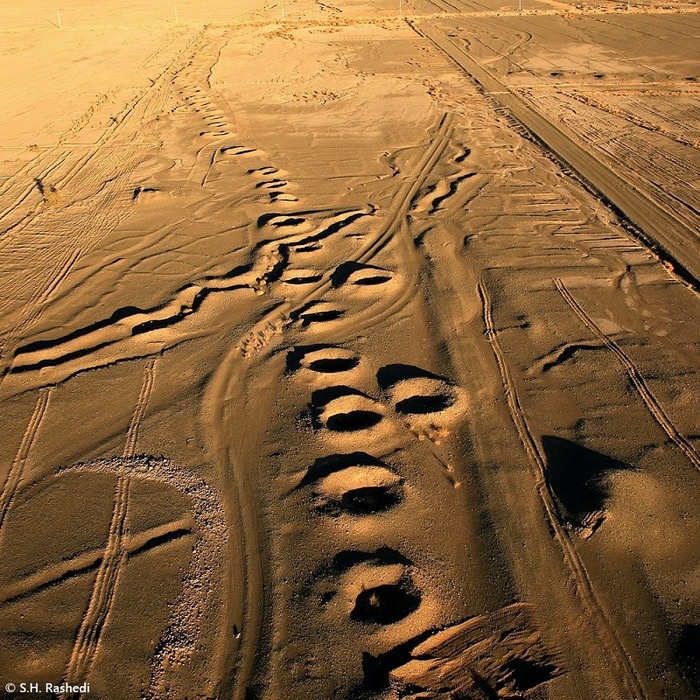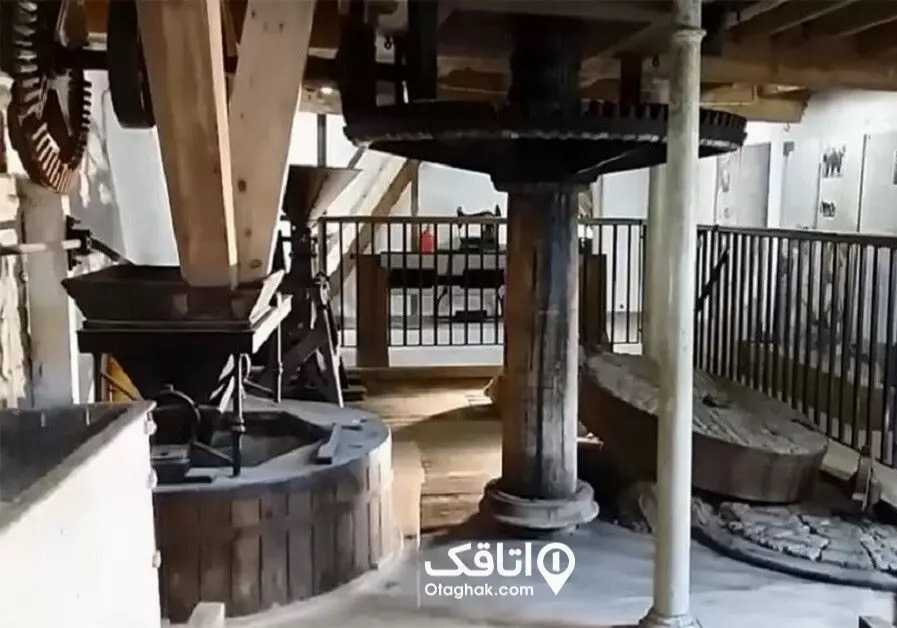
The Tomb of Ya’qub Leith Saffari
The tomb has a tall white jagged conical dome the design of which was adopted from the architecture of the Seljuk period and is inspired by the shape of the trunk of the palm tree. The main structure of the building was built with raw clay bricks and decorated with embossed designs, mortar, plaster, and soil. Years ago, there was an inscription on the wall of this tomb on which the name of Ya’qub Leith had been written in old Arabic script. This tomb has been renovated many times. The large northern porch of the tomb belongs to the Timurid period to which two semi-raised minarets and an entrance door were added during the Qajar period.
The tomb of Ya’qub Leith Saffari (the founder of the Saffarid dynasty of Iran) is located within the vicinity of the ancient Jundishapur area and the tomb is surrounded by a large cemetery the presence of old tombstones in which indicates the ancient history of this building. The statues of Ya’qub Leith Saffari have been installed at the entrance of Zabul and Dezful cities.
Ya’qub’s father was a coppersmith, and his sons also chose this profession, which is why he was called Saffar (coppersmith). Owing to his endurance and perseverance, Ya’qub was also nicknamed the “Sendan” (Anvil). Ya’qub Leith Saffari was the first person to declare Persian as the official language of Iran nearly 200 years after the advent of Islam in Iran.
| Name | The Tomb of Ya’qub Leith Saffari |
| Country | Iran |
| Historical Period | Tomb of Ya’qub Leith Saffari (840-879 CE) |
| Manufacturer | Seljuq era (1037–1194) |


Choose blindless
Red blindless Green blindless Blue blindless Red hard to see Green hard to see Blue hard to see Monochrome Special MonochromeFont size change:
Change word spacing:
Change line height:
Change mouse type:




.jpg)






.jpg)


